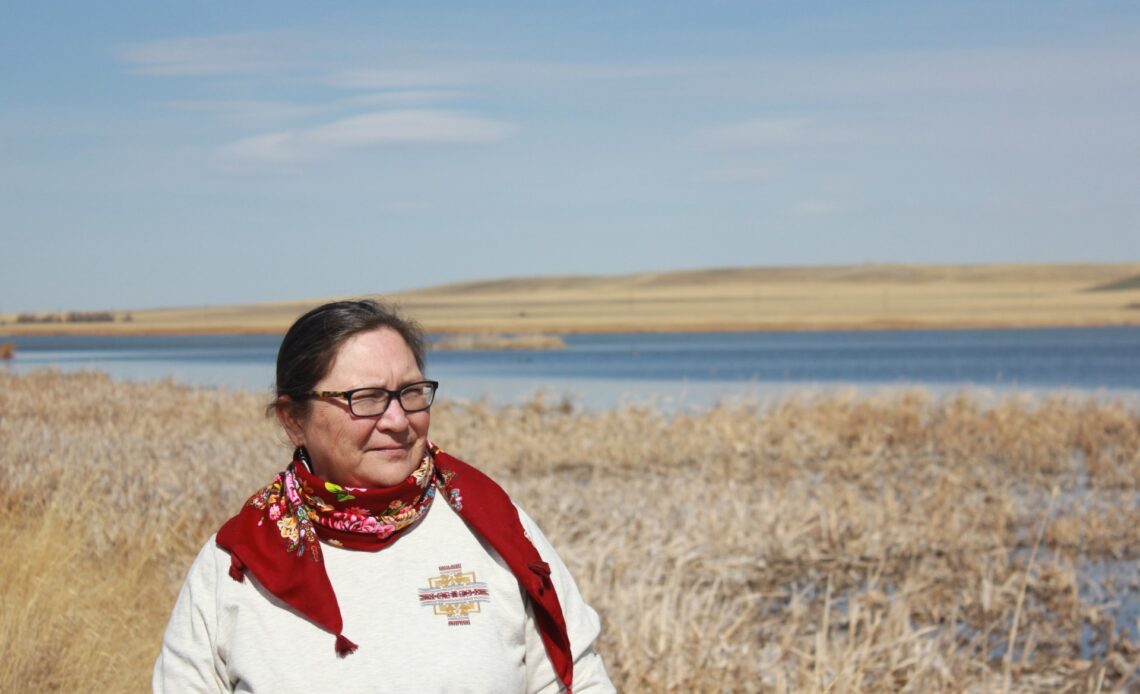Rosalyn LaPier still shudders when she thinks of the abandoned, windowless Victorian manor that sat next to a tiny chapel on the Montana reservation where she grew up.
Some weekends, as a child, LaPier would pass by the gloomy estate on her way to a local cemetery to pay respects to deceased relatives. Along the way, her grandparents would tell stories of the atrocities they endured and witnessed inside the foreboding property.
“Think Addams Family. Think death,” LaPier, an environmental historian and lecturer at the University of Illinois Urbana-Champaign, told Al Jazeera. “Fear is the way people thought of those places.”
The spooky building was a former Catholic boarding school for Indigenous children, part of a web of similar institutions across the United States where Native culture was actively suppressed — often with violence and abuse.
LaPier said that the decrepit wooden edifice had haunted generations in her family and community.
“They were all part of a system of genocide, which means to strip people of their identity, strip people of their names, their language, [down] to their religion, to their cultural practices,” LaPier, an enrolled member of the Blackfeet Tribe, explained.
That system of cultural erasure catapulted into the spotlight last month amid a tightly contested national election, when President Joe Biden formally apologised for the schools. He called them “one of the most horrific chapters in American history”.
“We should be ashamed,” Biden told an audience in the Gila River Indigenous Community in Arizona. “Native communities silenced. Their children’s laughter and play were gone.”
The apology came in the twilight of Biden’s presidency — and against the backdrop of the presidential election between his vice president, Kamala Harris, and former Republican President Donald Trump.
But some scholars and activists warn that Biden did not go far enough in his condemnation of the boarding school system. That, they say, could make a difference in mobilising the Indigenous vote.
One hundred and fifty years of pain
The residential school system has its roots in centuries of Western colonialism. But in 1819, the US government started to set aside funds to help introduce “the habits and arts of civilisation” to Indigenous peoples.
Religious groups used the money to set up schools, and in 1879, a US Army officer named Richard Henry Pratt set up the Carlisle Indian Industrial School in Pennsylvania, a…

